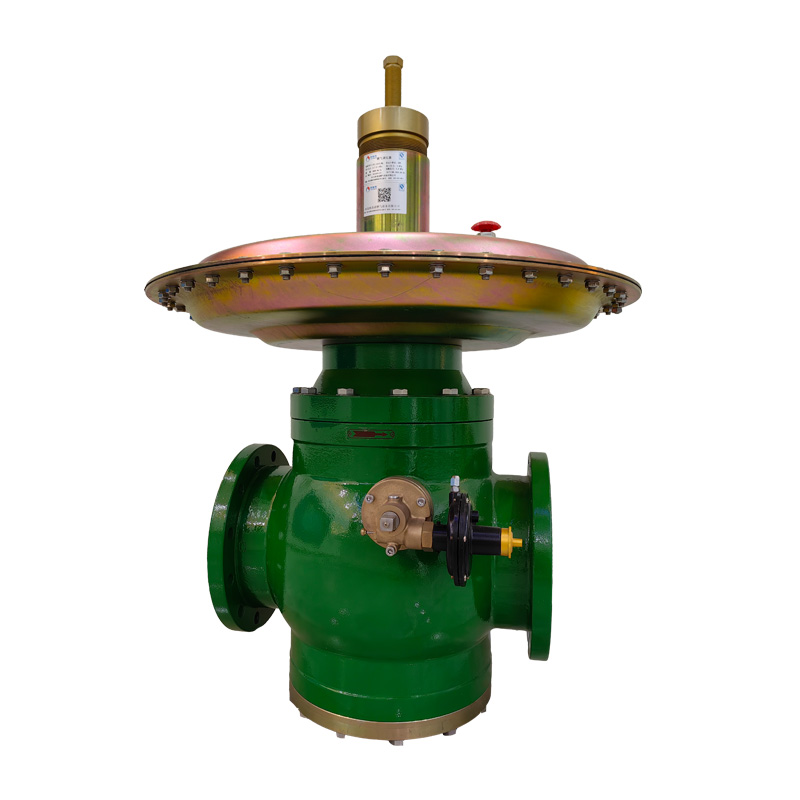
Oct . 08, 2024 08:31
Back to list
Natural Gas Pressure Regulation Station for Safe and Efficient Energy Distribution
Natural Gas Pressure Reducing Stations Essential Components for Safe and Efficient Distribution
Natural gas is a vital energy source that powers homes, industries, and vehicles around the globe. However, the transmission of natural gas from production facilities to consumers involves several challenges, primarily concerning pressure management. This is where natural gas pressure reducing stations (PRS) come into play, serving a crucial role in ensuring that gas is delivered safely and efficiently.
A natural gas pressure reducing station is designed to lower the high pressure of gas flowing through pipelines to a safe, usable level before it reaches end-users. High-pressure gas, typically transported over long distances via transmission pipelines, must be depressurized to meet the applicable standards for safe distribution in residential, commercial, and industrial applications. Without effective pressure regulation, the gas could be dangerous and inefficient for use.
The PRS operates through a series of carefully engineered components. The main feature is the pressure regulator, which reduces the incoming gas pressure to a specified outlet pressure. This is accomplished through various mechanisms, such as mechanical valves and diaphragms that adjust the flow of gas based on the downstream pressure. Additionally, the PRS may include filtration systems to remove impurities, ensuring that the gas quality remains high and suitable for consumer use.
natural gas pressure reducing station

Moreover, safety is of utmost importance in the design and operation of pressure reducing stations. These facilities often incorporate several safety features including relief valves, odorization systems, and advanced monitoring technologies. Relief valves are designed to vent excess pressure to prevent over-pressurization, which could otherwise lead to gas leaks or explosions. Odorization, the process of adding a distinctive smell to natural gas, helps in quickly detecting leaks. Additionally, modern PRS are often equipped with remote monitoring systems that provide real-time data on pressure levels, flow rates, and overall station performance. This allows operators to promptly address any irregularities that may arise.
Regular maintenance and inspections are critical for maintaining the functionality and safety of pressure reducing stations. Operators must adhere to strict regulatory guidelines and industry best practices to ensure that all components are in good working order. This proactive approach helps in preventing failures that could disrupt gas supply or pose safety risks.
In conclusion, natural gas pressure reducing stations are indispensable for the safe and efficient distribution of natural gas. By managing pressure levels, these stations help deliver a vital energy source to homes and businesses while ensuring safety and reliability. As demand for natural gas continues to grow, the importance of maintaining a robust and efficient pressure regulation infrastructure will only increase, thus necessitating ongoing investment and innovation in this critical area of energy distribution.
Latest news
-
Safety Valve Spring-Loaded Design Overpressure ProtectionNewsJul.25,2025
-
Precision Voltage Regulator AC5 Accuracy Grade PerformanceNewsJul.25,2025
-
Natural Gas Pressure Regulating Skid Industrial Pipeline ApplicationsNewsJul.25,2025
-
Natural Gas Filter Stainless Steel Mesh Element DesignNewsJul.25,2025
-
Gas Pressure Regulator Valve Direct-Acting Spring-Loaded DesignNewsJul.25,2025
-
Decompression Equipment Multi-Stage Heat Exchange System DesignNewsJul.25,2025

